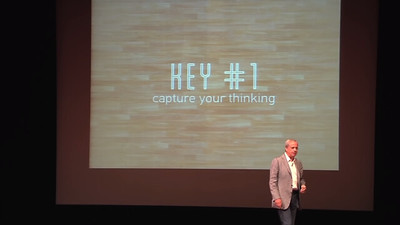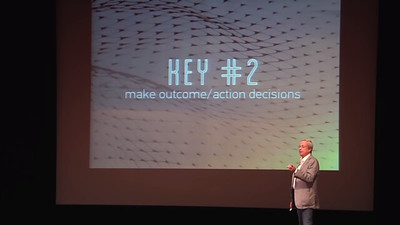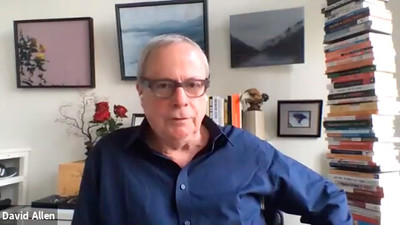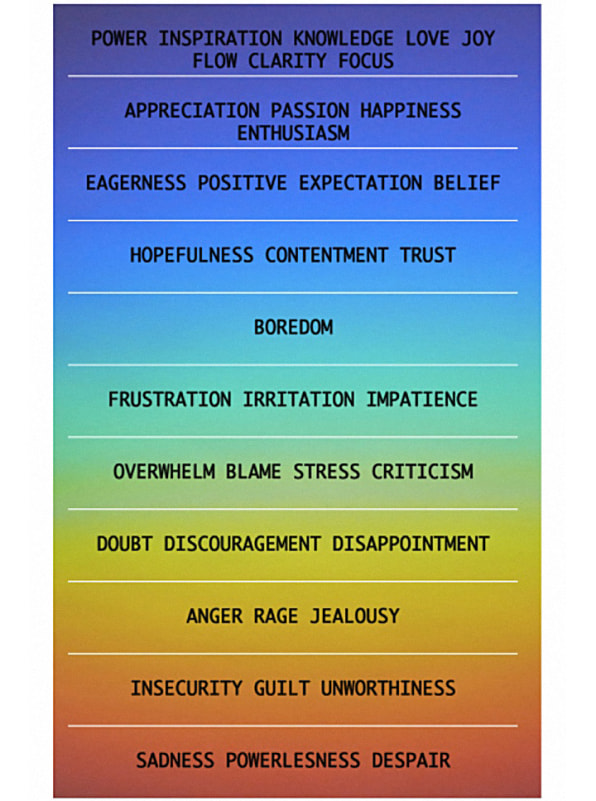GTD Part 2
Film – Week 10 – GTD – Getting Things Done – Part 2
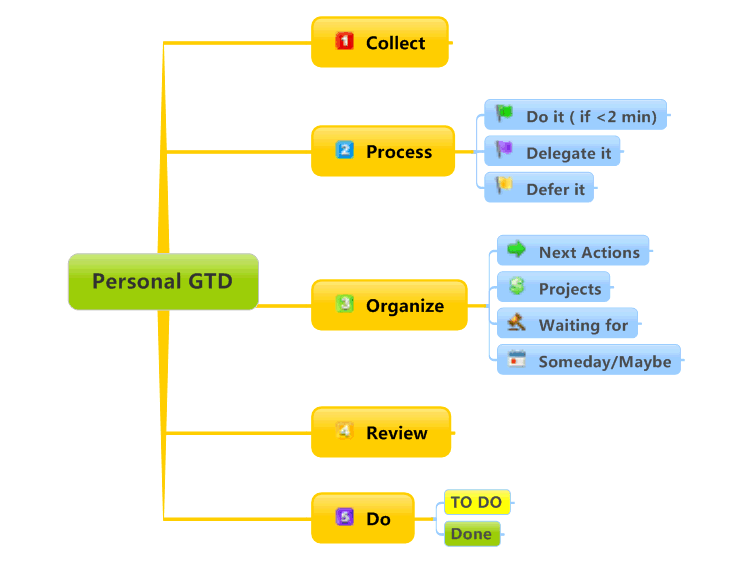
Teens are overwhelmed, partly because they don’t yet have the skills to manage the unprecedented amount of stuff that enters their brains each day. – from LifeHacker.com
“Your mind is for having ideas, not holding them.”
“You can do anything, but not everything.”
― David Allen, (GTD) Getting Things Done for Teens: Take Control of Your Life in a Distracting World
SUMMARY
- This week I completed many tasks and learned a lot on the usefulness of a GTD system. I also learned how I can use this knowledge to benefit myself and my time with my own trusted GTD system so that way I can be less stressed and feel happier with completing tasks.
PRACTICE ROOM (TUTORIALS)
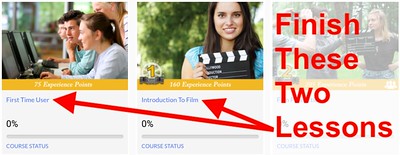
- Set a timer
- Spend up to 60 minutes in this ‘room’
- Learn how to Access and Complete Curriculum at Sneakonthelot.com
- 1 minute Le Duc Video Tutorial
- Complete…
- First Time User
- Introduction To Film
CLASSROOM (THEORY & ANALYSIS)

It’s quite shocking how much a GTD system can help someone. With it comes many benefits such as less stress and anxiety, better sleep, and even a happier mood. The GTD system that’s best for completing things and organizing plans is:
Capture – gathering all actions, ideas, and even tasks
Process – Is it actionable?
Organize – Combining similar tasks and creating a chart
Review – Making adjustments if needed and keeps things running smoothly
Engage – completing tasks and repeating the last four steps
With this system, you can clear your head and lay out thoughts, ideas, and plans effectively and be able to act on them with the least amount of stress. GTD systems can help everyone out no matter the age and its best to put one into effect when you’re younger as we can hold that pattern much easier and save ourselves from a lot of anxiety in the future.
LAB (THEORY PRACTICED)

- Maps can help you breathe ideas
- prevents from storing ideas in brain
- Allows you to make smart decisions
- gives you a view of the overall picture at once

Examine Two GTD Maps: Basic and Detailed
- Detailed map by guccio@文房具社 icensed under CC BY-NC 2.0
- Basic map from BiggerPlate.com embedded below
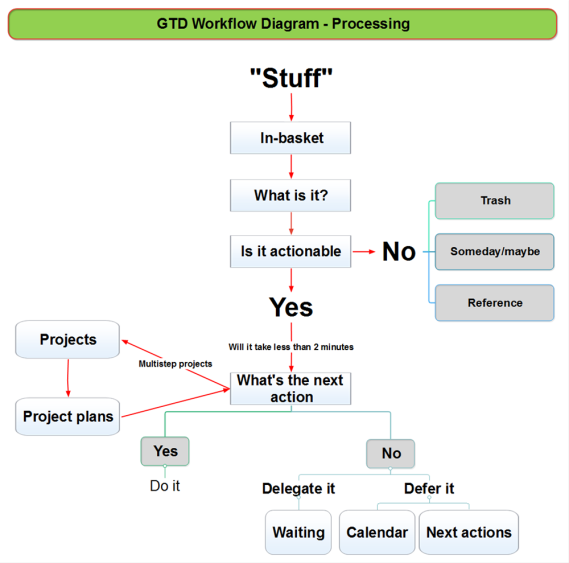
GTD-based Trusted System

-
-
- I use my phone as my GTD system since I have access to it whenever I need it and I can make my own reminders
-
OUTSIDE (PRODUCTIVITY & THE BRAIN)

- With walking you should bring a notebook and begin writing down what you see and what stands out to you,
- This helps clear your head and reduce stress
STUDIO (CREATING MAPS)
- I have added many actions into my GTD system that will be finished
WHAT I LEARNED and PROBLEMS I SOLVED
- One thing I learned was the importance and usefulness of a GTD system. With a GTD system, you can complete tasks in a much less stressful way and its very organized.
- A problem I solved was that I didn’t really have a GTD system but after completing the ‘rooms’, I felt that I can use a GTD system easily and feel rewarded after using it


